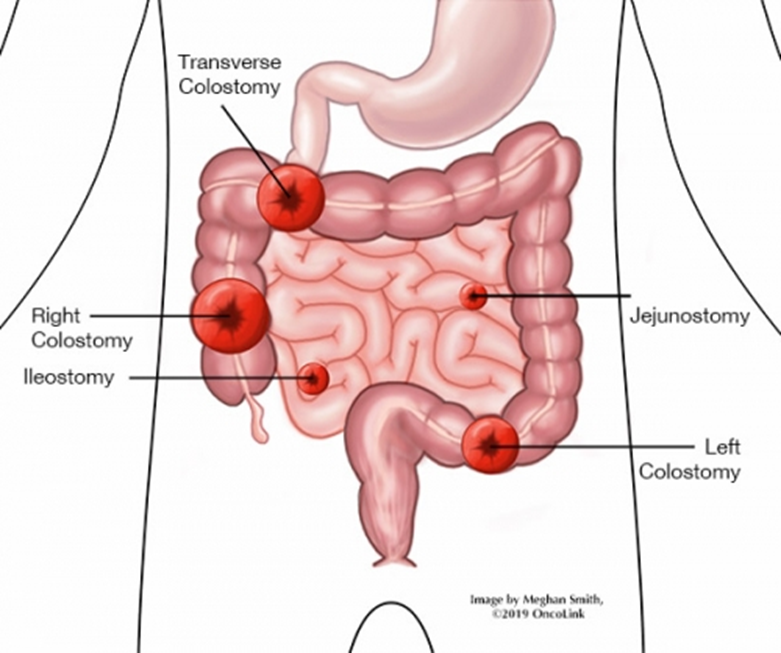A nurse is developing a teaching plan for a client who has an Ileostomy and will require stoma care. Which of the following Information should the nurse include?
Clean the peristomal skin four times a day.
Hold pressure on the skin barrier for 10 to 15 sec to secure the seal.
Empty the pouch when it is 1/3 Full
Expect firm fecal content.
The Correct Answer is C
A. Clean the peristomal skin four times a day:
While keeping the peristomal skin clean is essential, cleaning it four times a day might be excessive and could lead to skin irritation. Typically, cleansing the area when changing the pouch or as needed is sufficient.
B. Hold pressure on the skin barrier for 10 to 15 seconds to secure the seal:
Applying gentle pressure upon application can assist in securing the seal, but the duration might vary based on the manufacturer's recommendations. It's important not to overly press or manipulate the barrier excessively, as it could cause skin trauma.
C. Empty the pouch when it is 1/3 full:
This is the correct advice. Regularly emptying the pouch prevents leakage and ensures the pouch does not become too heavy or cause skin irritation from weight or pressure.
D. Expect firm fecal content:
With an ileostomy, the fecal content tends to be more liquid compared to other types of ostomies like colostomies, so expecting firm fecal content might not be accurate for this situation.

Nursing Test Bank
Naxlex Comprehensive Predictor Exams
Related Questions
Correct Answer is C
Explanation
A. Storing unopened bottles of insulin in the freezer is incorrect. Insulin should be stored in the refrigerator, and freezing can damage the insulin.
B. Having a morning blood glucose level between 200 and 230 is too high. The target range for fasting blood glucose is generally lower, and elevated levels may indicate the need for adjustment in insulin or other medications.
C. Eating a snack half an hour before playing soccer is a correct understanding. This helps prevent hypoglycemia during physical activity. Physical activity can lower blood glucose levels, and a pre-activity snack can provide additional carbohydrates to prevent low blood sugar.
D. Not taking regular insulin when sick is incorrect. In fact, insulin needs may increase during illness, and it is usually recommended to continue taking insulin even when sick. Adjustments to the insulin regimen may be needed under the guidance of healthcare providers.
Correct Answer is C
Explanation
A. Dyspepsia:
Dyspepsia refers to discomfort or pain in the upper abdomen, often described as indigestion. It is a common symptom of peptic ulcer disease but is not as urgent as the manifestation described in option C.
B. Epigastric discomfort:
Epigastric discomfort is a common symptom of peptic ulcer disease, but the priority is to identify more severe complications, such as bleeding.
C. Hematemesis:
This is the correct answer. Hematemesis refers to the vomiting of blood, which is a serious and potentially life-threatening complication of peptic ulcer disease. It indicates active bleeding in the upper gastrointestinal tract and requires prompt medical attention.
D. Epigastric pain:
Epigastric pain is similar to epigastric discomfort and is a common symptom of peptic ulcer disease. However, the priority in the given options is to identify the more severe complication of hematemesis.
Whether you are a student looking to ace your exams or a practicing nurse seeking to enhance your expertise , our nursing education contents will empower you with the confidence and competence to make a difference in the lives of patients and become a respected leader in the healthcare field.
Visit Naxlex, invest in your future and unlock endless possibilities with our unparalleled nursing education contents today
Report Wrong Answer on the Current Question
Do you disagree with the answer? If yes, what is your expected answer? Explain.
Kindly be descriptive with the issue you are facing.
